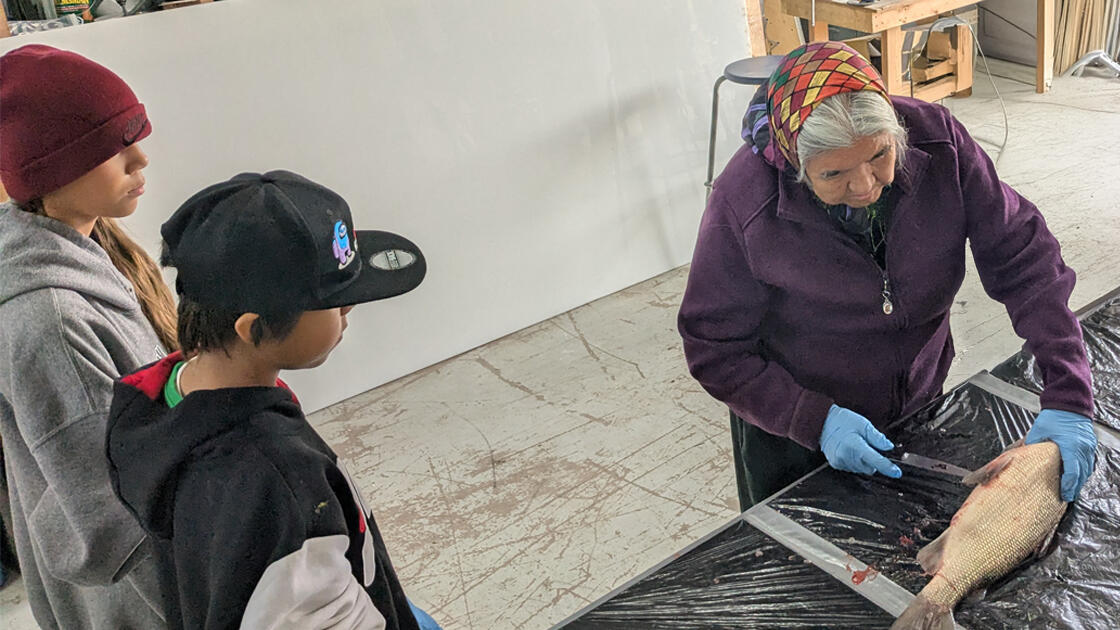selected item
2 min read
•Connecting Conventional Science and Indigenous Traditional Knowledge
What Fort Good Hope Elders are teaching us about healthy fish
- Elders, youth and biologists in Fort Good Hope collaborated to study fish health through Imperial’s Aquatic Effects Monitoring Plan.
- The program blended scientific sampling with traditional knowledge, strengthening relationships and improving research methods.
- Elders shared insights on fish and water health, influencing practices like using natural fibre nets for sustainable sampling.
2 min read
•This fall in Fort Good Hope, Northwest Territories, Indigenous Elders, youth and biologists came together with a shared goal: to learn from one another and study fish health through Imperial’s Aquatic Effects Monitoring Plan (AEMP).
The plan focuses on two simple, but important questions: Are the fish safe to eat? Is the water clean? But it’s also about connection between people, knowledge and the land.
“In 2023 the study group decided to call this work Tu Luge, drawing from Dene words associated with water and fish,” explains Lisa Duncan, Community Relations Advisor. “The name reflects the project's focus on healthy water and healthy fish, and their vital role in supporting community well-being.”
And for the Elders, every fish tells a story. Clear eyes, bright gills and shiny scales mean more than a healthy catch. They reveal clues about the water, the season and how the fish lived. That kind of knowledge comes from years spent on the land and water, watching and learning.
This fall, biologists demonstrated how to collect samples for analysis, while Elders showed how to process fish with skill. What started as fieldwork soon turned into laughter, storytelling and even a friendly filleting competition (spoiler alert: the scientists didn’t win, but they promised to try again next year).
“When you work beside the Elders, you see right away how deep their understanding is,” says Lisa.
Later, when the discussion turned to data collection, Elders suggested using natural fibre nets that help fish survive longer before sampling, a traditional approach that improves scientific work.
“The process is helping turn Indigenous knowledge into measurable data,” says Lisa. “It’s making the program stronger and the relationships even stronger too.”
The AEMP will continue in the years ahead as we look to deepen our understanding of local ecosystems and traditional knowledge.
Stories
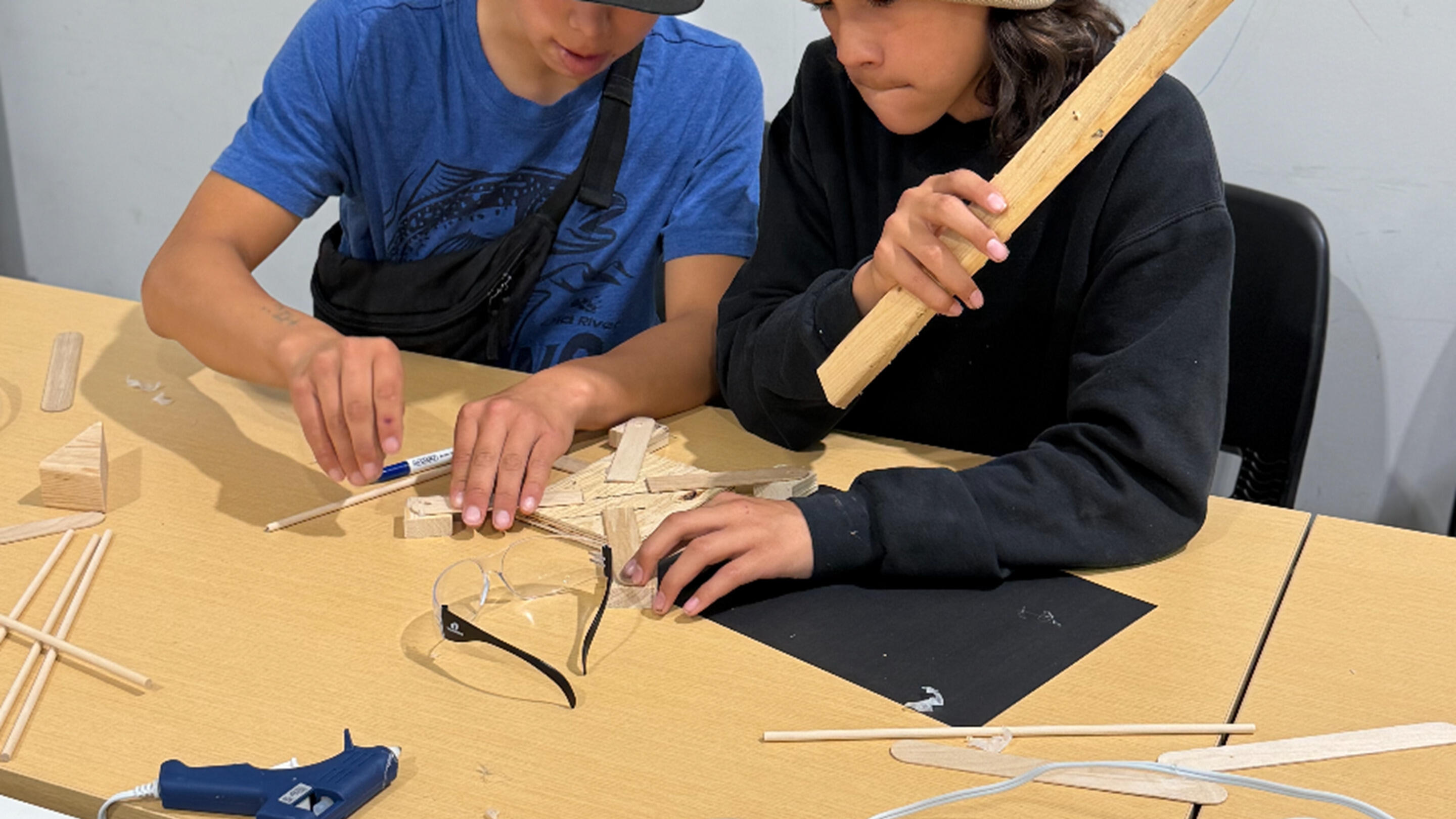
Full STE(a)M ahead
2 min read
•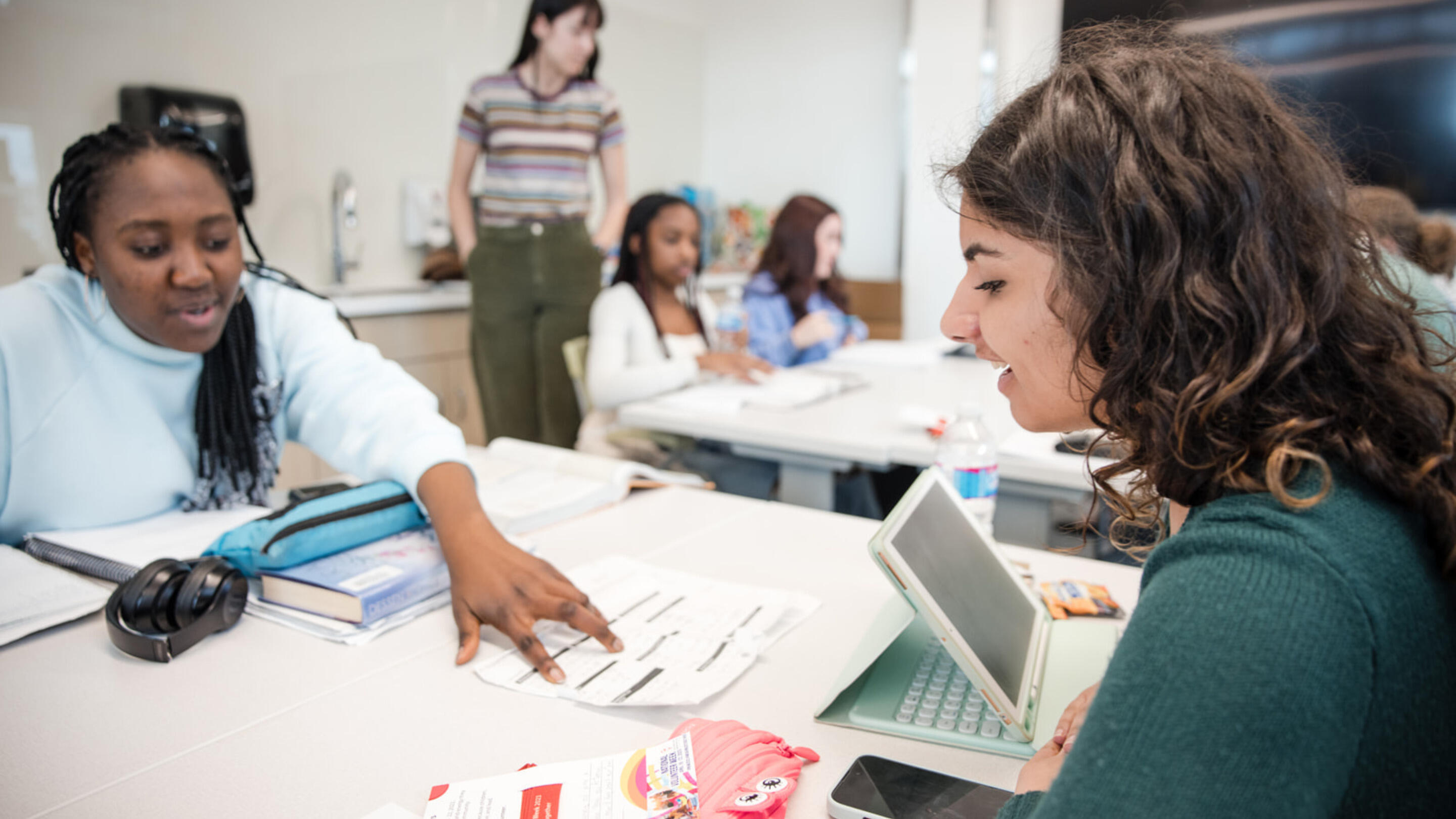
Imperial’s support expands All In for Youth tutoring program to include science
3 min read
•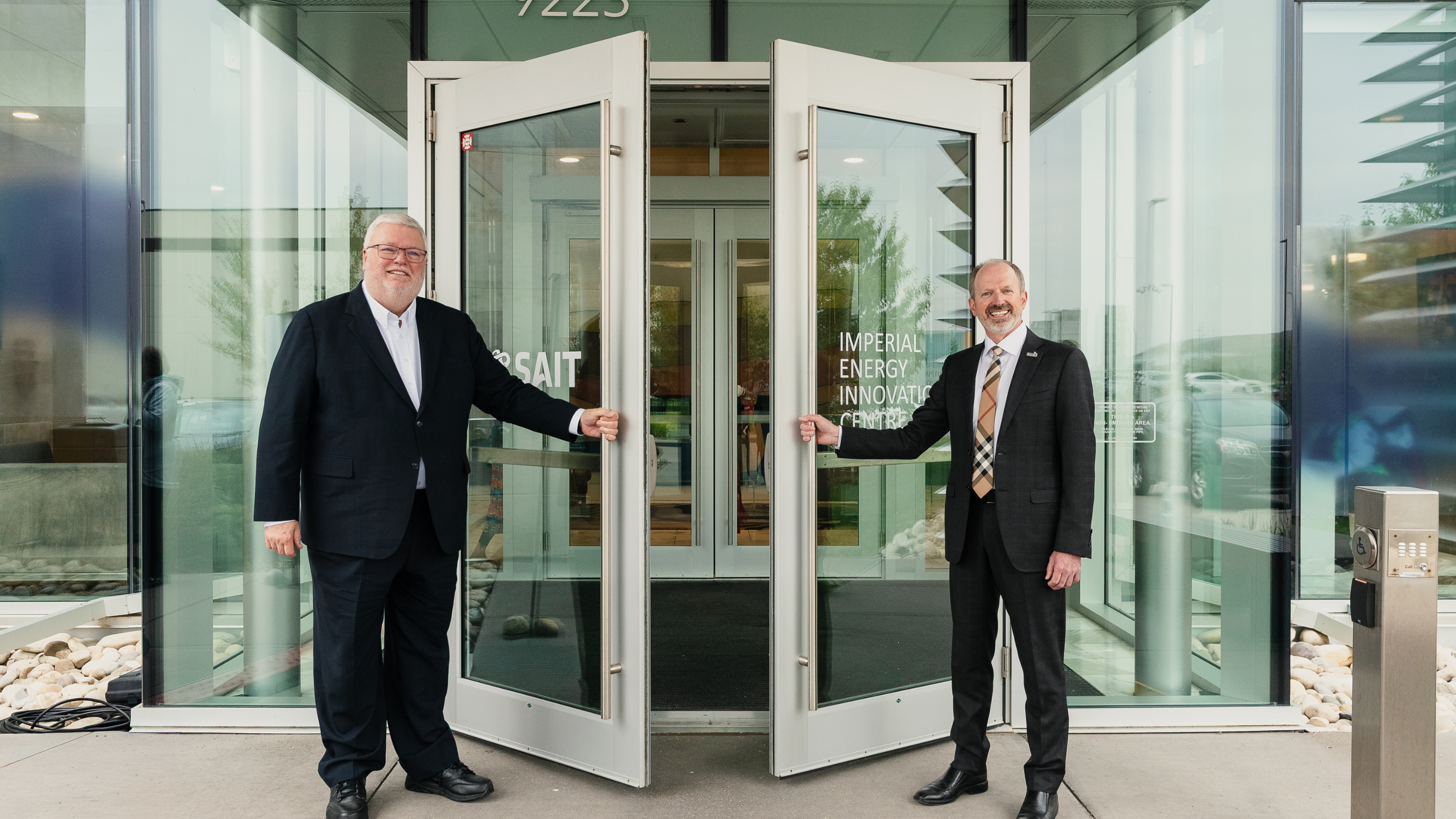
Imperial’s $37M donation expands to students and STEM
3 min read
•
A hat comes home
3 min read
•
Picturing progress
3 min read
•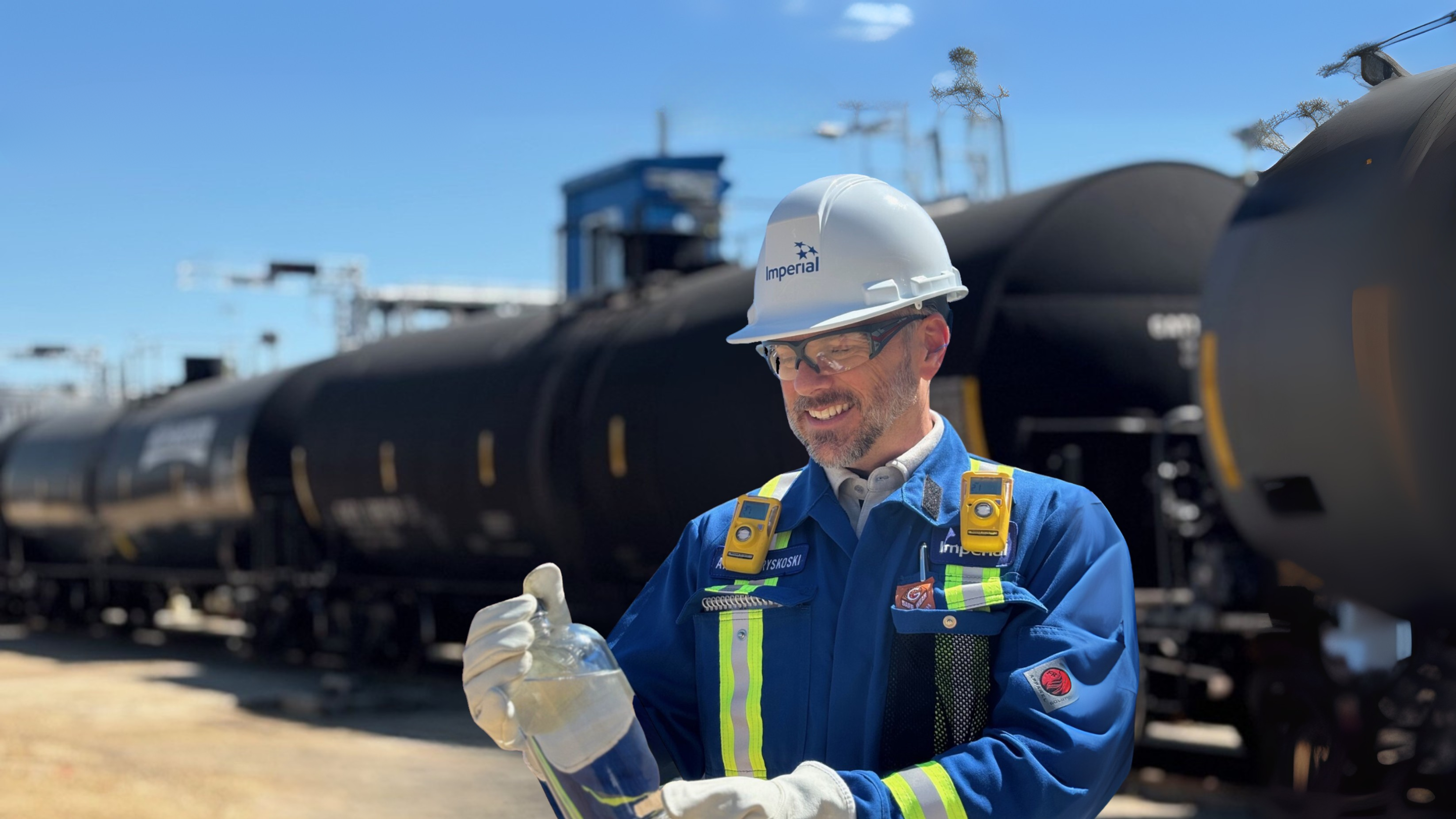
Imperial now producing renewable diesel at Strathcona refinery
2 min read
•

